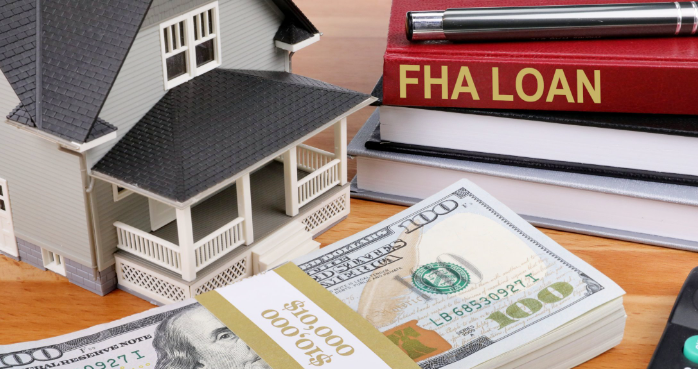
All You Need to Know About FHA loans: Requirements, Benefits, and How to Apply
Are you planning to buy your dream home but cannot afford a large down payment? Or do you have a low credit score and cannot qualify for a conventional loan? If yes, then the Federal Housing Administration (FHA) loan program might be the solution you have been searching for. This program was created to make homeownership more accessible to lower-income families and individuals. In this article, we will discuss everything you need to know about FHA loans, their requirements, benefits, and how to apply for one.
1. Eligibility Requirements
To qualify for an FHA loan, you must have a good credit score of at least 500 and a debt-to-income ratio of 43% or lower. You will also need to provide proof of your income, employment history, and residency status. Besides, only primary residences are eligible for FHA loan, and you must be a U.S. citizen, permanent resident, or have valid work authorization.
2. Benefits of FHA loans
The primary benefit of an FHA loan is the lower down payment requirement, which is as low as 3.5% of the home’s purchase price. Additionally, the credit score requirement is lower than traditional loans, and you can have a higher debt-to-income ratio. Furthermore, FHA loans have lower interest rates compared to conventional loans, making them more affordable for homebuyers.
3. How to Apply
The first step is to find an FHA-approved lender who will guide you through the loan application process. After that, you will be required to complete an application, including your employment and income information, credit score, and debt-to-income ratio. Your lender will then review your application and provide you with a pre-approval letter if you qualify.
4. Different Types of FHA loans
There are various types of FHA loans available, including Fixed-Rate Loans, Adjustable-Rate Loans, 203(k) Rehabilitation Loans, and Energy Efficient Mortgages. Fixed-rate loans have a set interest rate over the loan’s lifetime, while adjustable-rate loans have variable rates that can change over time. 203(k) Rehabilitation Loans are designed to help buyers purchase fixer-upper homes and finance the cost of their renovations. Lastly, Energy Efficient Mortgages are beneficial for homeowners who want to make energy-saving improvements to their homes.
5. Drawbacks of FHA loans
Like other loan programs, FHA loans also have some drawbacks. First, you will be required to pay mortgage insurance premiums (MIP) at closing and during the loan’s lifespan. The upfront MIP can be as high as 1.75% of the loan, while the annual MIP can be between 0.45% to 1.05% of the loan amount. Additionally, the interest rates for FHA loans are higher than traditional loans. However, these drawbacks can be balanced by the lower down payment and more relaxed eligibility requirements.
In short
In conclusion, FHA loans can be an excellent option for first-time homebuyers and those with low credit scores or limited down payment funds. Not only do they have a lower down payment requirement, but also more relaxed eligibility criteria and lower interest rates. However, you should also consider the mortgage insurance premiums and higher interest rates when deciding whether an FHA loan is right for you. If you need more information, contact an FHA-approved lender for assistance.
Proudly powered by WordPress. Theme by Infigo Software.